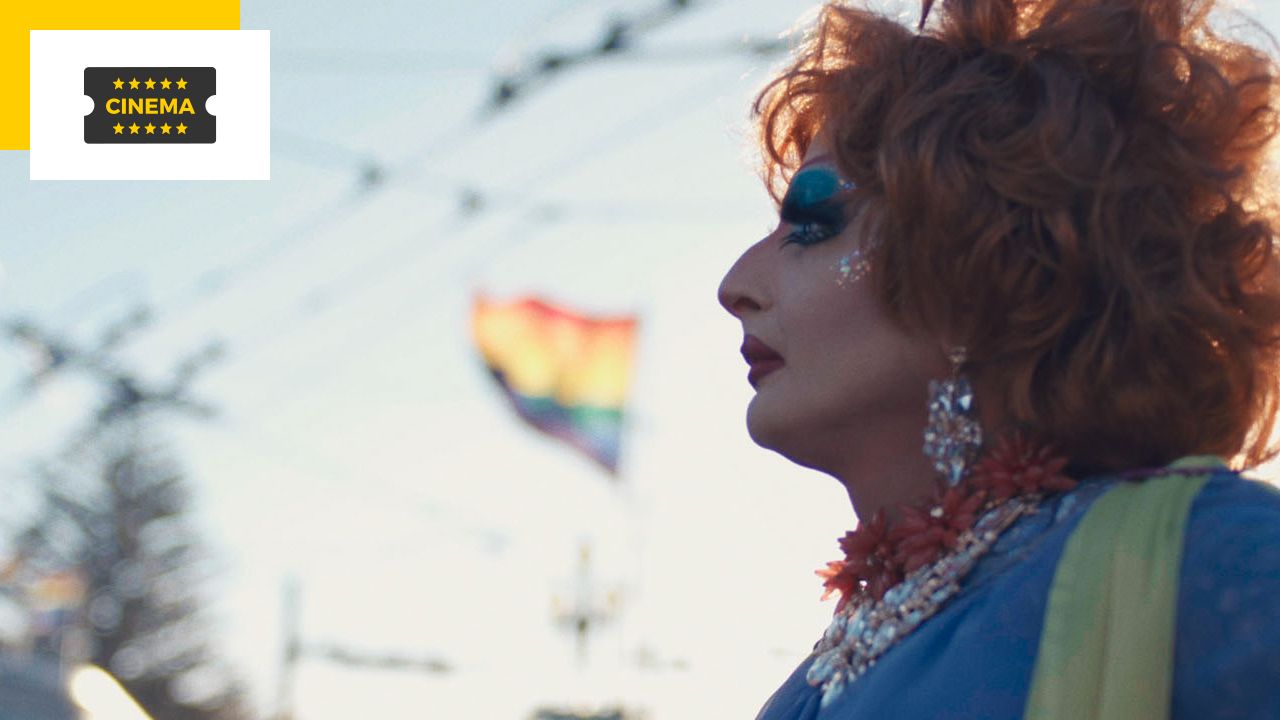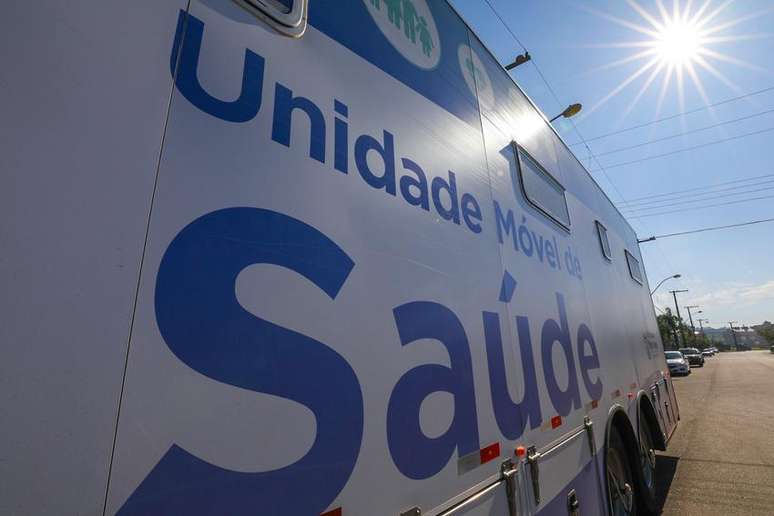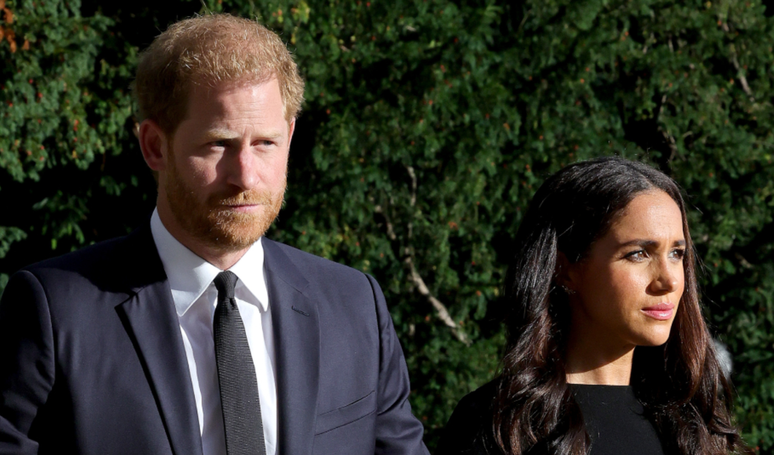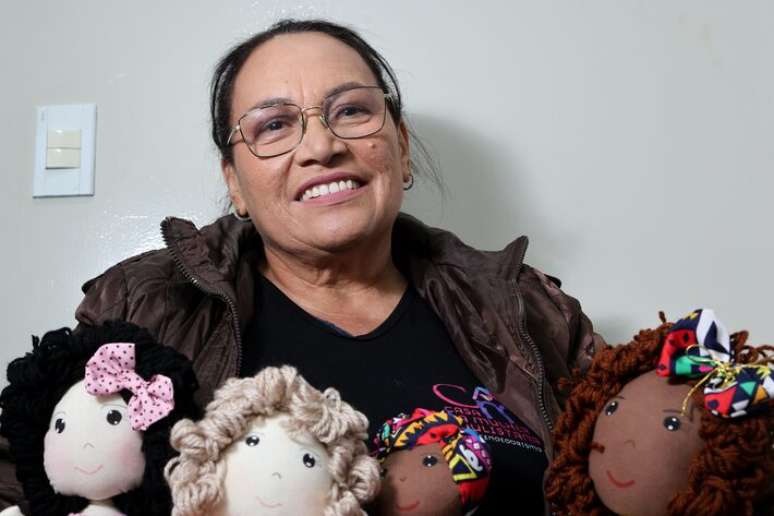AlloCiné: How did you meet Lady Vincentos, the main character? the last dance ?
Colin Abert (Director): I met Lady Vincentos at the racetrack in New Orleans when she was coming back from a show in Cleveland. She forgot her makeup to remove her eyebrows, so she had to shave them off. Her appearance was a mixture of contradictions and questioning gender, I was immediately challenged. Then a mutual friend contacted us. When we first met, Vincentos told me about his school of drag queens and I was immediately intrigued.
You are revealing the existence of this drag queen at the same time you are reporting her disappearance. There is something frustrating yet uplifting about your approach…
Yes, reality is sometimes cruel 🙂 But Vincentos continues to perform not with Lady Vincentos, but with her male character and the clown that we see in certain movie archives.
Your documentary opens up a vast field of reflection on the mask, the double, the creature and its creator. When did you realize that you had a theme with Lady Vincento that went beyond simply perceiving reality?
Very fast. Drag Queens/Kings are people who like to stage themselves and transcend reality. And that’s what immediately attracted me to Vincentos and the whole project: I wanted to explore this boundary between reality and fiction, no doubt motivated by my experience as a screenwriter. I wanted to show in this film how Vincentos and these students create a space of fiction and freedom where they can become exactly who they want to be, beyond gender and other social factors.
We want to know what happened to Vince’s students, do you know more?
The pandemic has profoundly changed the New Orleans art scene, as American society, governed by a much wilder capitalism than we know, has offered no help to artists. Many were in a fragile economic situation and had to move and resettle elsewhere. Similarly, many clubs were closed. But most continue to do Drag!
Could the movie have been shot in a city other than New Orleans? What makes this city unique?
I don’t think the film could have been made anywhere else, the creative energy of this city is incredible. Here’s music first, anytime. And then, this unique architecture that arose from the influence of such a different culture. Also, after Katrina, many artists (such as Vincentos) came to settle in New Orleans because it was cheaper to live there than in cities like San Francisco or New York. I discovered the city in 2013 and immediately fell in love with it. The desire to make this film came as much from a desire to paint a portrait of the city as it did from following Vincentos and his students.
Source: Allocine
Rose James is a Gossipify movie and series reviewer known for her in-depth analysis and unique perspective on the latest releases. With a background in film studies, she provides engaging and informative reviews, and keeps readers up to date with industry trends and emerging talents.







